Worcester Cathedral
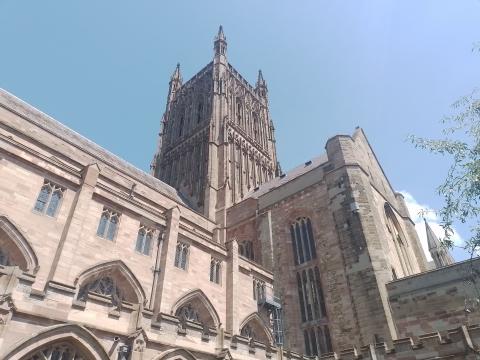
I am keen to visit as many cathedrals as possible. Last month’s was Worcester, and it did not disappoint. Although rather plain-looking from without, excepting its imposing, central tower, the insides could have entertained for a whole day. To the Dean and Chapter’s credit, there is no admission charge, so I made a point of patronising the café and seriously perusing the giftshop.
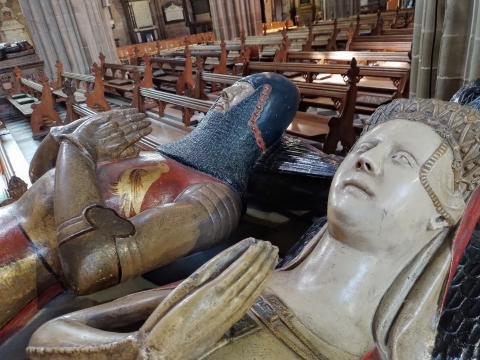
It was founded back in Saxon times as a wooden structure, probably. Its crypt retains early Norman pillars but the ground level is rather predictably, but no less gloriously, high gothic. It had some associations with antisemitism in the twelfth and thirteen centuries, but even this ugly stain does little to dampen the beauty of the arches, pillars, columns and ceilings. Statues of recumbent bishops and knights with their ladies seem two-a-penny, and several of those rather prim Elizabethan tombs showing their occupants kneeling, deep in prayer, are also to be found. If I had to imagine a typical old English cathedral, I would see Worcester's.
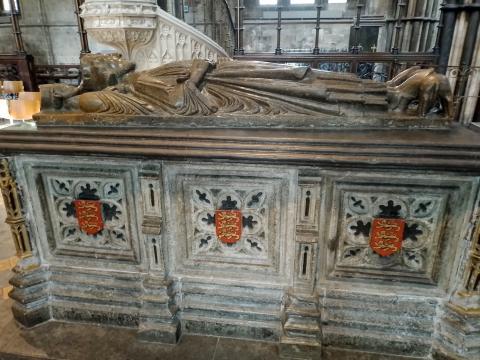
In a rather too prominent position in the chancel is a tomb with the effigy of a man upon it. This is King John, a monarch who seemed rather fond of Worcester, or certainly its wildlife which he enjoyed hunting. A rather immoral man, he behaved appallingly to others, and is regarded as a murderer as well as clumsy oaf for managing to lose the crown jewels in mud. The man was a patron and friend to my ancestors, but it will take more than a posh tomb in a classy cathedral to assuage God’s righteous judgement upon him.
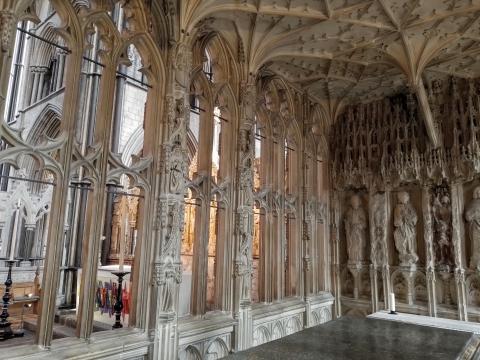
Not far away is the tomb of Prince Arthur, an otherwise pleasanter and more convivial member of the various royal families our country has been pleased to produce. The elder son of Henry VII and Elizabeth of York, Arthur died before he inherited the throne, allowing his younger brother, Harry, who became Henry VIII to become king. An altogether more attractive personality than King John’s, he, too, needs more than his finely carved chantry chapel and intricate tomb to satisfy a holy God’s righteous judgement. Kings’ and princes’ moral standards are often lower than others', for their riches afford greater opportunity to sin, and their power all but placed them above the law. One can be buried in the sacred foundations of Worcester, or Canterbury, or Rome, or even Jerusalem, but unless the blood of Jesus Christ, the atoning sacrifice of our sins, has covered them, then we stand condemned. The crudest peasants and simplest fools will be in heaven courtesy of God’s free, saving grace, while kings, bishops and popes will be rejected for having spurned or neglected it.
Worcester Cathedral is truly beautiful, and its architecture a marvel, but it cannot hide the sins of the heart, nor divert the condemnation of the righteous Judge.
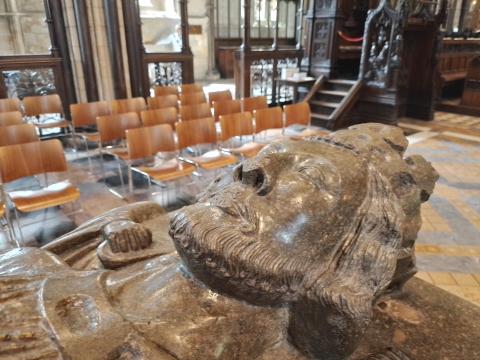
Be wise now therefore, O ye kings: be instructed, ye judges of the earth.
Serve the Lord with fear, and rejoice with trembling.
Kiss the Son, lest he be angry, and ye perish from the way, when his wrath is kindled but a little. Blessed are all they that put their trust in him. -Psalm 1
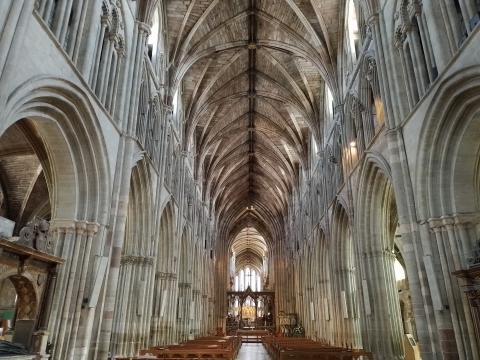
- Log in to post comments


 Sunday Worship 10.45am & 6.00pm
Sunday Worship 10.45am & 6.00pm